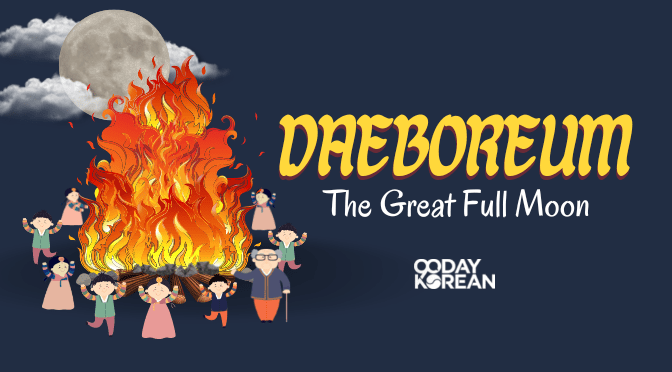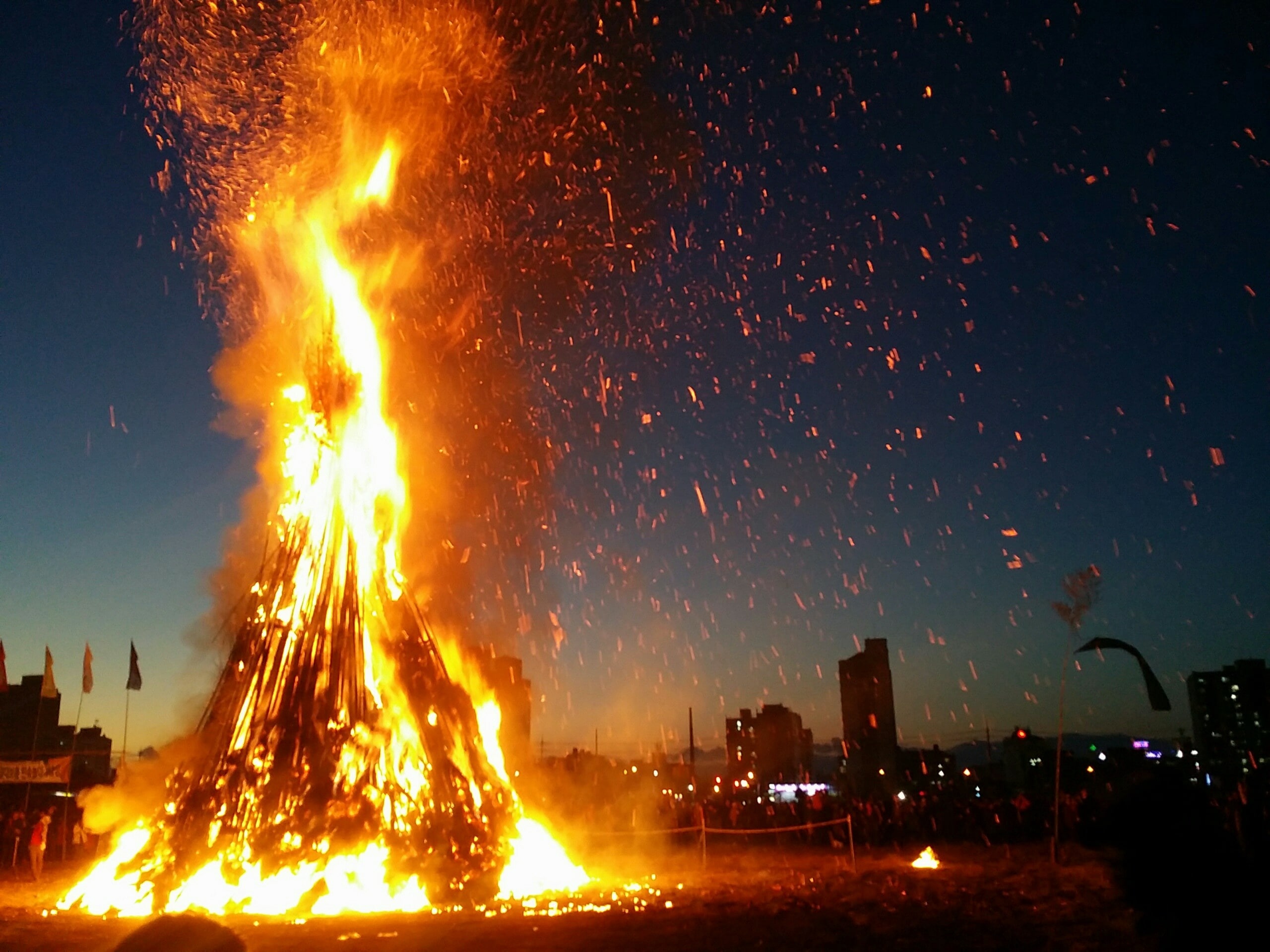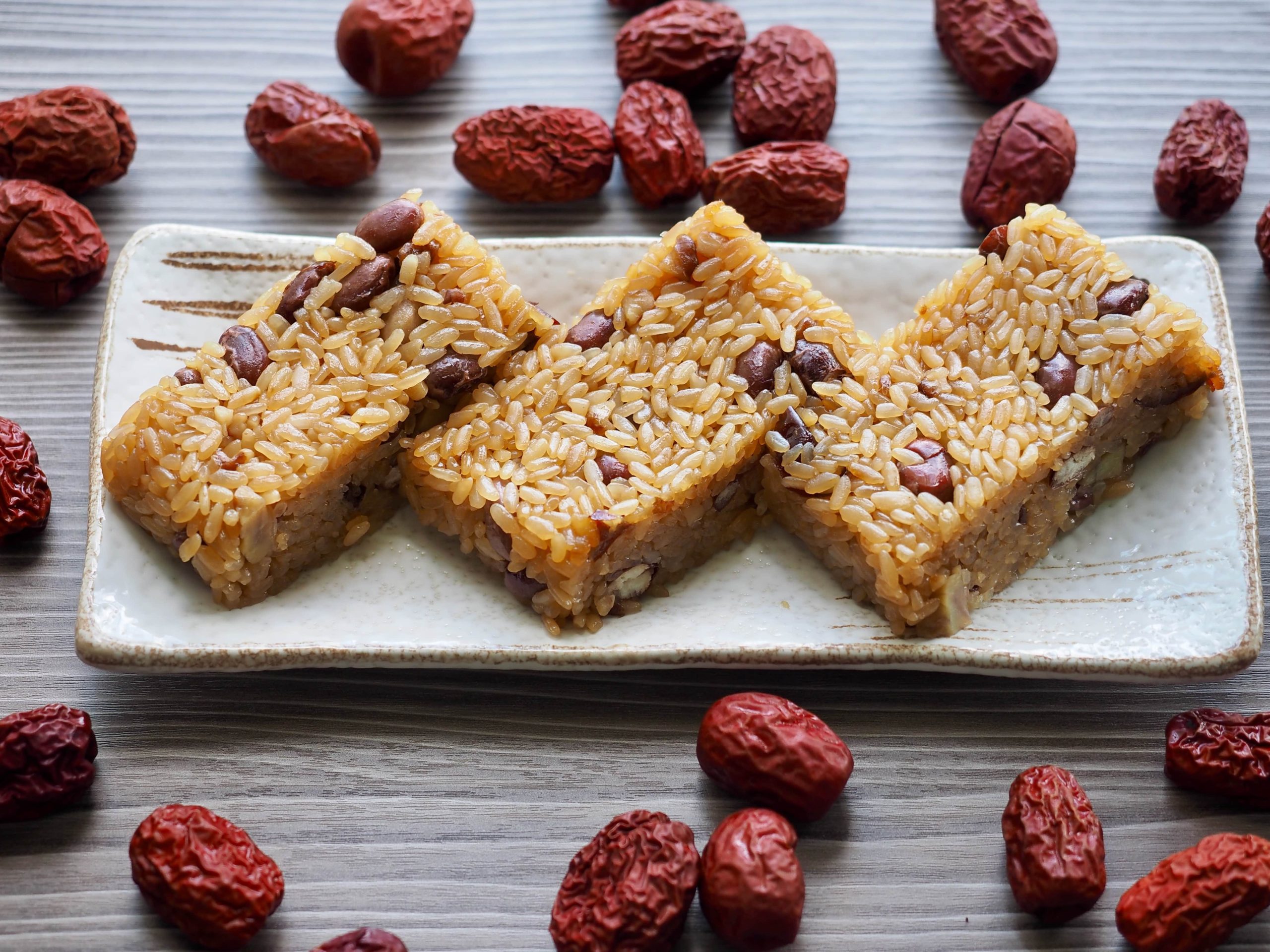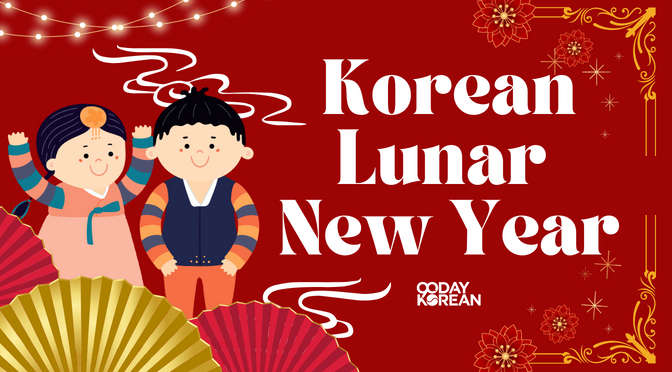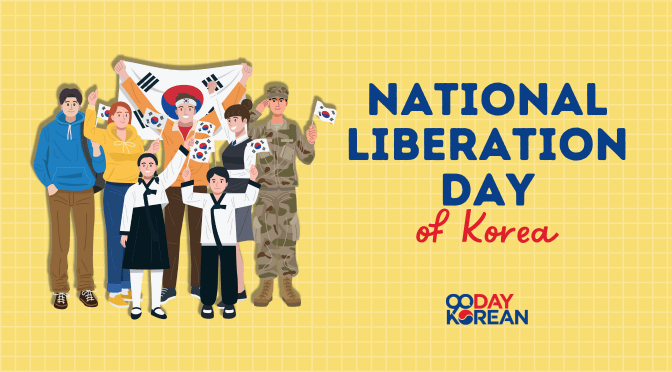Daeboreum (대보름 in Hangul) translates to “The Great Moon” or “The Great Full Moon” in English. As the name implies, it is a celebration dedicated to the full moon in Korea.
Specifically, 대보름 (daeboreum) is a Korean holiday that celebrates the day of the first full moon of the new year under the lunar calendar. Daeboreum is the Korean version of China’s First Full Moon Festival.
Contents
When is Daeboreum?
Daeboreum, or The Great Full Moon, is celebrated on the 15th day of the lunar new year each year. It usually takes place in February, but the specific date each year changes accordingly to the start of the Lunar New Year.
Here are the dates for Daeboreum in the past and coming years:
- Daeboreum 2021 – February 26
- Daeboreum 2022 – February 15
- Daeboreum 2023 – February 5
- Daeboreum 2024 – February 24
- Daeboreum 2025 – February 12
- Daeboreum 2026 – March 3
Sometimes, you may hear the celebration referred to as “The Great Fifteenth” as well.
How is Daeboreum celebrated?
Traditionally, in the Korean culture, many customs and traditions are done to celebrate 대보름 (Daeboreum).
A long time ago, farmers would burn the dry grass you can find on the ridges between rice fields the night before 대보름 (daeboreum). This custom came to fruition as an act to get rid of insects and mice that may otherwise damage crops in the year to come.
Bonfires
Today, bonfires during this holiday aren’t as common as they used to be. However, setting something on fire has remained a symbolic aspect of the 대보름 (Daeboreum) holiday, commonly in the form of bonfires. These bonfires are called 달집 (daljip).
Bonfire Lighting
Specifically, the tradition of lighting a bonfire on fire is called 달집태우기 (daljiptaeugi). This is one of the central ways in which 대보름 (Daeboreum) is celebrated by the crowds. These bonfires are built in a triangular shape, with the intention being to build a “house” of sorts for the moon.
After all, the literal translation of 달집 (daljip) is “moon house” or “house of the moon.” There’s even a small door set on the east side of the bonfire!
Treading the Earth God
The bonfire is set to burn once the moon rises. As it burns, a ritual going by the name 지신밟기 (jisinbalgi) is done around the bonfire, with people stomping their feet on the ground. Through this ritual, people believed its purpose was to scare away any possible evil spirits and bring luck and abundance.
Mouse Fire Game
For children, one of the most fun ways to celebrate the holiday is with the traditional game, 쥐불놀이 (jwibulnori).
In 쥐불놀이 (jwibulnori), charcoal fires are set inside tin cans the night before Daeboreum. They’re attached to strings, which are then flung around. This custom, too, is believed to aid in getting a great crop that year and gives kids the rare opportunity to sort of play with fire.
Hiking
And, of course, because Koreans love to hike, hiking is also a popular activity on Daeboreum. It even has its own name, 달맞이 (dalmaji). In order to see the first full moon of the year rise, Koreans will hike up mountains – or other high places – for the best view.
For example, in Busan’s Haeundae neighborhood, you can find a place called 달맞이길 (Dalmaji-gil), which is a piece of road incredibly popular as a full moon viewing spot.
Other celebrations
Lighting up lanterns has also been documented to have been a part of 대보름 (Daeboreum) celebrations since the times of the Joseon Dynasty already.
Overall, many of the customs and traditions for this holiday revolve around the wish of getting an excellent harvest at the end of the farming season. Modern Koreans have remained excited about celebrating these customs even when though the country is no longer as agricultural as it once was.
There’s also a festival dedicated to 대보름 (Daeboreum) hosted on Jeju Island each year, as well as a Fire Festival held in Busan.
Jeongwol Daeboreum Fire Festival in Busan
정월 대보름 (Jeongwol Daeboreum) refers to the festival that takes place on Daeboreum and celebrates it. During it, a lot of traditional customs are executed as people wish for a flourishing year. Due to the fire aspect, the government actually forbade the celebrations for some time during the 1970s.
However, the festival celebrations during 정월 대보름 (Jeongwol Daeboreum) remained so popular among Koreans that in the late 1990s, it was reinstated. Today, it is celebrated in numerous locations around Korea, with Busan being one notable location.
In general, if you are in Busan or want to head that way for 정월 대보름 (Jeongwol Daeboreum) celebrations, the best activities can be found at Haeundae Beach, Gwanganli Beach, Songdo Beach, and Baekunpo Sports Park.
All of them will set a 달집 (daljip) ablaze at the appropriate time, as well as offer other fun things to do, like flying kites or tug of war. There will also be traditional performances to marvel at. And, at Baekunpo Sports Park, you can even see the 지신밟기 (jisinbalgi) ritual in action!
Which are the foods eaten during Daeboreum?
Just like many other holidays in Korea, big or small, there are specific foods people are accustomed to eating on the day. In the case of 대보름 (daeboreum), the following foods are especially popular to eat.
오곡밥 (ogokbap | five-grain rice)
First thing on the morning of Daeboreum, people eat this five-grain rice dish, which consists of rice, millet, and Indian millet, as well as black beans and red beans. This food is commonly served together with dried herbs. Some Koreans may also eat it together with eggplants and squash.
부럼 (bureom | assorted nuts)
Also eaten in the morning, this is more of a snack rather than a full meal. Koreans crack nuts of different types to eat on 대보름 (daeboreum) morning, such as chestnuts, peanuts, ginkgo nuts, pine nuts, and walnuts. This is perhaps the most popular Korean food to consume on Daeboreum.
귀밝이술 (gwibalgisul)
While munching on those assorted nuts, Koreans will drink 귀밝이술 (gwibalgisul), which literally translates as “ear-clearing wine” or “ear-sharpening wine.” It was thought in the past that this wine would improve one’s hearing and keep earaches away. Also, it is believed that all year round, you’ll only hear good news if you drink this.
How true that turned out to be, we’re not sure, but the custom remains in existence today.
인절미 (injeolmi)
These delicious rice cakes are made from steaming glutinous rice. The rice is steamed and then beaten until it’s reached a sticky consistency. It’s then cut into small square-shaped pieces, which are covered in bean flour before serving.
약식 (yaksik)
Finally, another special dish typically eaten on the holiday is 약식 yaksik, made with glutinous rice, as well as chestnuts, honey, pine nuts, sauce, soy sauce, and sesame oil. It can be served in a bowl, in a form similar to cake, or in smaller bite-size pieces.
Wrap Up
Does your country have a similar holiday to the Korean Daeboreum? Would you like to experience the Great Full Moon festival in person one day? Let us know in the comments below!
Learn more about Korean holidays and other aspects of Korean culture on our blog next. Korea has so many interesting holidays, such as National Foundation Day!

